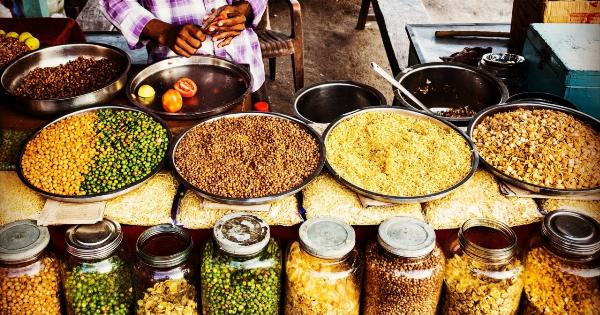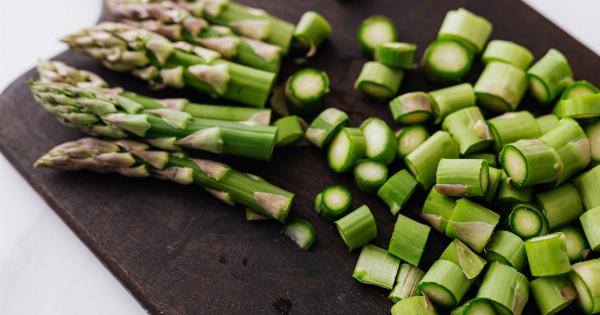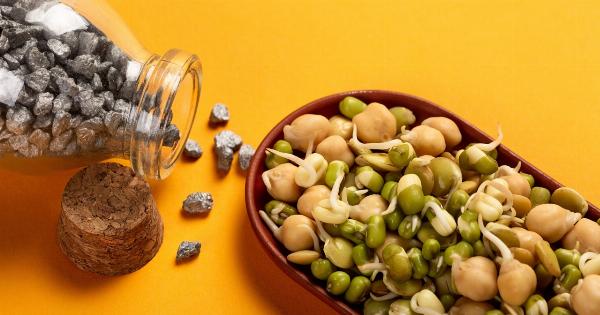Legumes are a fascinating and incredibly diverse family of plants that often go unnoticed, despite their numerous health benefits and ecological importance.
This article aims to shed light on the lesser-known legumes and showcase their remarkable qualities.
What are Legumes?
Legumes belong to the Fabaceae family, which is one of the largest families of flowering plants. They are characterized by their fruit, known as a legume, which is a pod containing seeds.
Legumes have the ability to fix nitrogen from the atmosphere, making them vital contributors to soil health and fertility.
Nutritional Value
Legumes are renowned for their excellent nutritional profile. They are an exceptional source of plant-based protein, especially for individuals following vegetarian or vegan diets.
Legumes are also rich in dietary fiber, vitamins, minerals, and antioxidants, all of which play crucial roles in supporting overall health and well-being.
Diverse Types of Legumes
The legume family encompasses a wide variety of plants, including some familiar and popular members such as beans, lentils, and chickpeas. However, there are numerous lesser-known legumes that offer unique textures, flavors, and nutritional benefits.
1. Adzuki Beans
Adzuki beans are small, reddish-brown legumes commonly consumed in East Asian countries. They are a staple in traditional sweet treats and desserts due to their natural sweetness.
Adzuki beans are packed with protein, fiber, folate, potassium, and magnesium.
2. Mung Beans
Mung beans are small, green legumes with a delicious nutty flavor. They are incredibly versatile and can be sprouted, boiled, or ground into flour.
Mung beans are known for their high protein content, as well as their abundance in essential amino acids, vitamins, and minerals.
3. Lupini Beans
Lupini beans, also called lupins, are common in Mediterranean cuisine. They are often brined or pickled in order to remove their natural bitterness.
Lupini beans are remarkably high in protein and dietary fiber, and they also provide a good amount of iron, calcium, and phosphorus.
4. Fava Beans
Fava beans, also known as broad beans, have been cultivated for thousands of years and have a distinct earthy flavor. They are rich in nutrients such as fiber, potassium, folate, and vitamin K.
Fava beans are considered a great source of plant-based protein, making them an excellent choice for vegetarians and vegans.
5. Cowpeas
Cowpeas, commonly known as black-eyed peas, hold significant cultural and culinary importance in many African, Asian, and Southern American countries. These legumes are an excellent source of protein, dietary fiber, folate, and iron.
Cowpeas also contain antioxidants that contribute to their overall health benefits.
6. Bambara Beans
Bambara beans, native to Africa, are drought-tolerant legumes that have been a staple in sub-Saharan diets for centuries.
They are rich in protein, fiber, calcium, and iron, making them an important food source for regions with limited access to diverse nutritional options.
7. Winged Beans
Winged beans, as the name suggests, have unique wing-like appendages on their pods. They are cultivated in various parts of Asia and are valued for their resilience and adaptability to different climates.
Winged beans are a fantastic source of vitamins, minerals, and essential fatty acids.
8. Yardlong Beans
Yardlong beans, also known as snake beans or Chinese long beans, are thin, elongated legumes that can grow up to three feet in length. They are commonly used in Asian cuisines and are packed with protein, fiber, iron, and vitamins A and C.
9. Chickpeas
Chickpeas, also called garbanzo beans, have gained popularity worldwide due to their versatility and rich nutritional profile. They are a great source of plant-based protein, dietary fiber, folate, iron, and magnesium.
Chickpeas are the main ingredient in hummus, a beloved Middle Eastern dip.
10. Lentils
Lentils are small, lens-shaped legumes that come in various colors such as red, green, and black. They are easy to cook and highly nutritious, offering a good amount of protein, fiber, folate, and iron.
Lentils are commonly used in soups, stews, and salads around the globe.
Promoting Sustainable Agriculture
Legumes play a crucial role in sustainable agriculture due to their nitrogen-fixing ability. By harnessing symbiotic bacteria in their roots, legumes can convert atmospheric nitrogen into a form usable by plants.
This process not only reduces the need for synthetic nitrogen fertilizers but also enhances soil fertility and reduces the environmental impact of agriculture.
Conclusion
The legume family offers an extensive range of lesser-known yet remarkable plants, each with its own unique qualities and benefits.
Incorporating a variety of legumes into our diets not only provides us with a rich and diverse source of nutrients but also contributes to sustainable agriculture practices. So, the next time you consider your meal options, don’t overlook the legume family!.






























